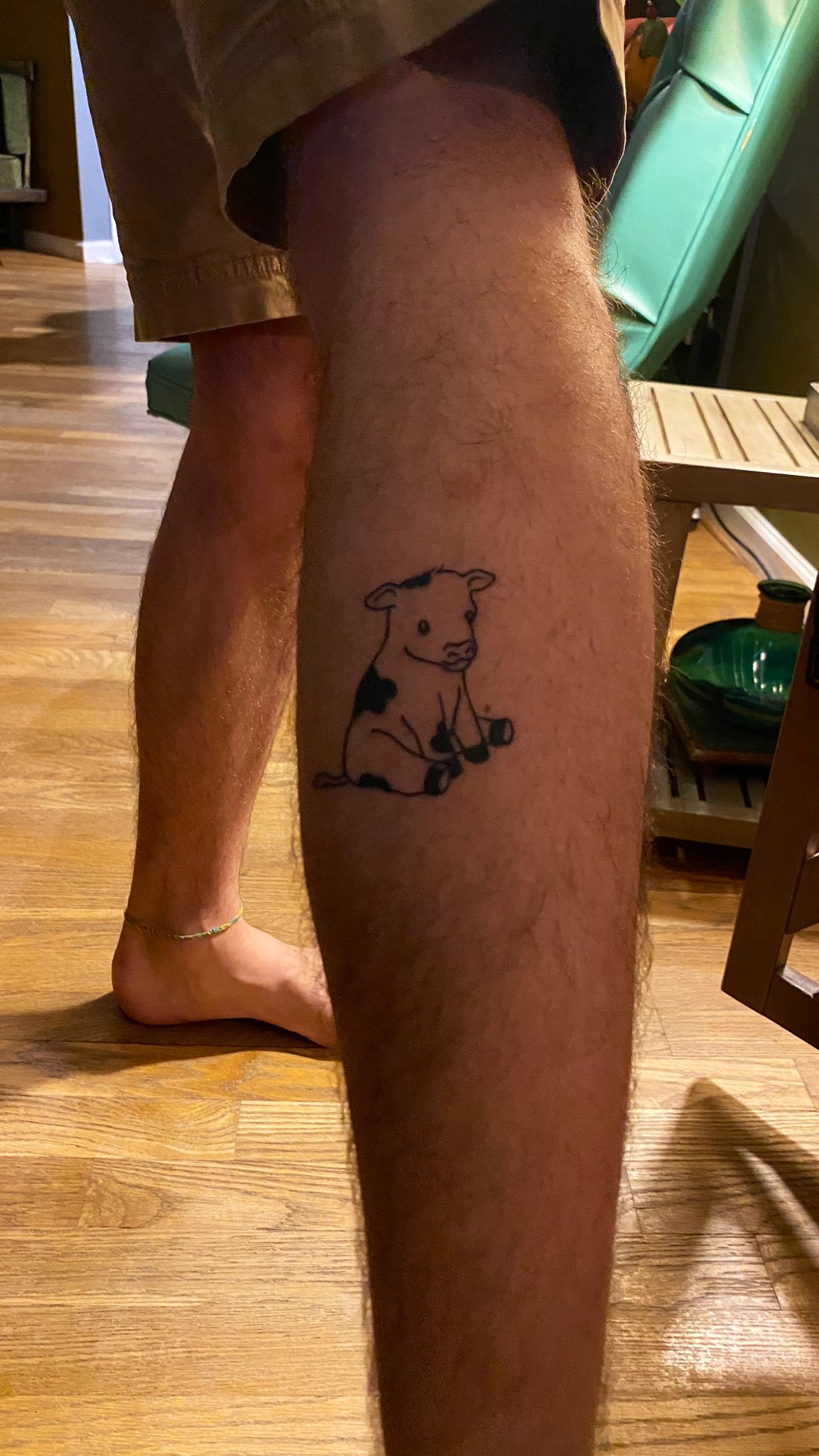
Poems Like Two-Headed Calf: A Poetic Exploration
In the realm of contemporary American poetry, Lorine Niedecker’s "Poems Like Two-Headed Calf" stands as a testament to the uncanny and the grotesque, challenging conventions and evoking a sense of visceral unease. The book’s enigmatic title sets the stage for a collection that confronts the complexities of life and the human condition, weaving together images of deformity, violence, and the interconnectedness of all things.
Writing Styles for Poems Like Two-Headed Calf
Niedecker’s unique poetic style, often referred to as "objectivist," lends itself perfectly to the themes explored in "Poems Like Two-Headed Calf." Here are some suitable writing styles to consider:
- Objectivist Poetry: Strives for precise, concrete language and the avoidance of subjectivity, allowing the objects and events themselves to speak.
- Surrealist Poetry: Explores the unconscious mind and juxtaposes unexpected images to create dreamlike and disorienting effects.
- Imagist Poetry: Focuses on the creation of vivid, sensory-based images, evoking a powerful emotional response.
Poems Inspired by Poems Like Two-Headed Calf
Poem 1
In the twilit barn, a monstrous birth,
A calf with two heads, a cruel jest on earth.
One head bleeds, the other breathes in pain,
A symbol of deformity, a grotesque reign.
Poem 2
The two-headed calf, a paradox of life,
A creature both living and yet strife.
Its eyes gaze out at us, a haunting plea,
For understanding, for some empathy.
Poem 3
Like a mirror, it reflects our own dread,
The monstrous within us, the truths we wish we had fled.
A reminder that beauty and ugliness entwine,
And that the two sides of life are forever intertwined.
Writing and Reading Tips
- Observe the world closely: Pay attention to the details, the anomalies, and the unexpected.
- Use concrete imagery: Craft vivid, sensory-based descriptions that evoke a visceral response.
- Experiment with form: Break away from traditional structures and explore free verse or fragmented forms to create a sense of disorientation.
Reading Poems Like Two-Headed Calf:
- Engage with the imagery: Let the vivid images penetrate your senses and evoke an emotional response.
- Consider the context: Explore the historical and cultural background of the poem to gain a deeper understanding of its themes.
- Reflect on the implications: Examine how the poem speaks to you personally, what questions it raises, and what insights it offers into the human condition.
Questions and Answers
Q: Why did Niedecker choose a two-headed calf as the symbol for her book of poems?
A: The two-headed calf symbolizes the monstrous, the grotesque, and the unexpected, themes that permeate the collection.
Q: What is the significance of the objectivist style in these poems?
A: Objectivism allows Niedecker to present raw, unadorned observations, creating a sense of immediacy and authenticity.
Q: How can I write my own poems inspired by Poems Like Two-Headed Calf?
A: Observe closely, use concrete imagery, and experiment with form to explore the monstrous, the grotesque, and the interconnectedness of life.
Closing Thoughts
"Poems Like Two-Headed Calf" is a powerful and challenging work that invites us to confront the darkness within ourselves and the world around us. May this article inspire you to delve deeper into its enigmatic depths and to create your own poetic responses to the complexities of life.
Please Note: Plagiarism is a serious offense. Always give credit to the original author when sharing or using someone else’s work.
